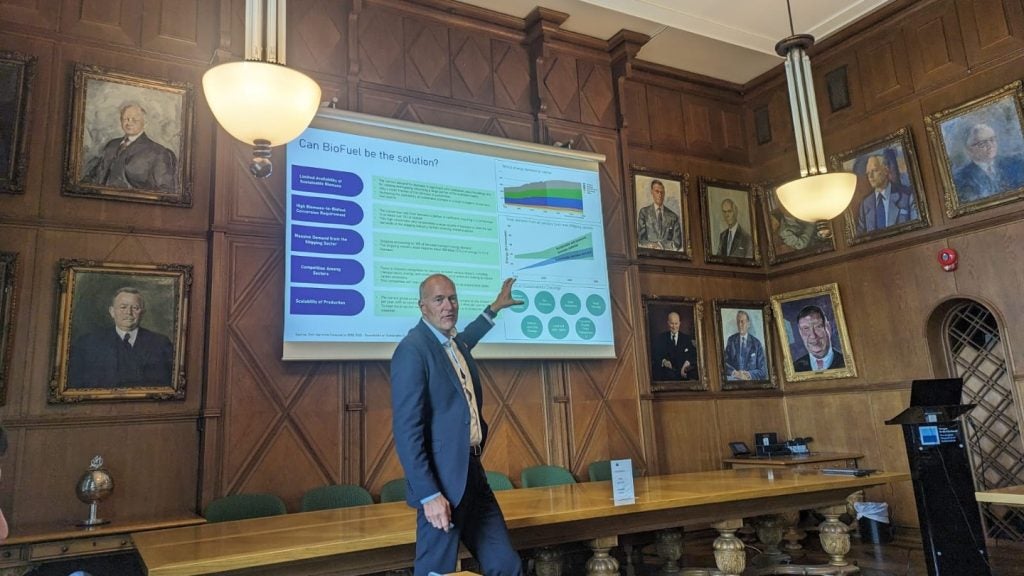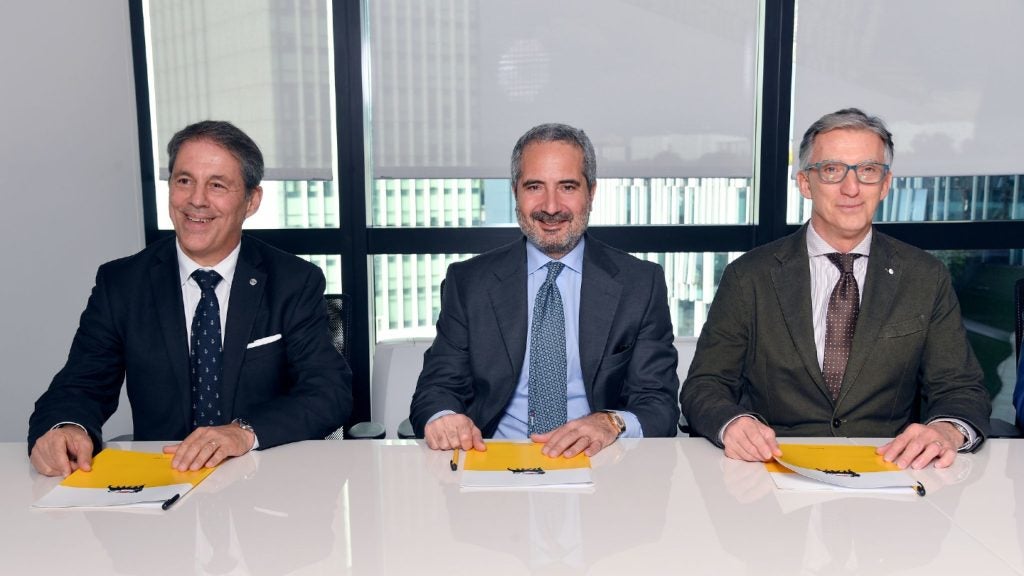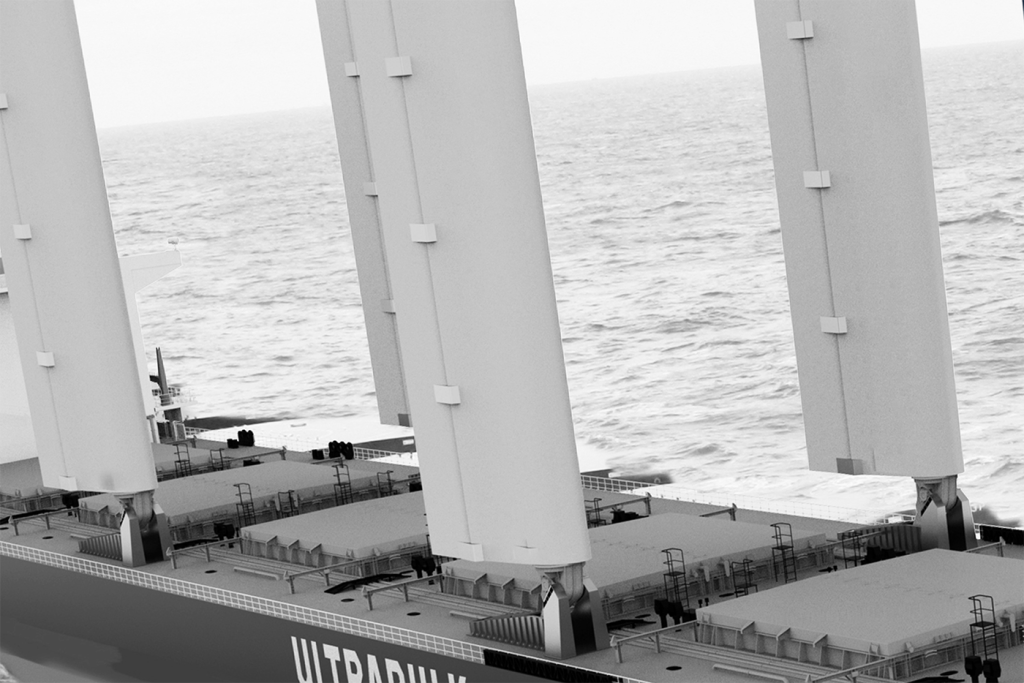
NYK Line, Japan Marine United Corporation and ClassNK have signed a joint research and development (R&D) agreement to commercialise ammonia-fuelled ammonia gas carrier (AFAGC).
Along with the AFAGC, the companies will also work for the development of an ammonia floating storage and regasification barge (A-FSRB).
Ammonia does not emit carbon dioxide (CO₂) when burned, and because of that, it is viewed as the next-generation fuel, which will help reduce the impact of shipping on global warming.
Organisations in Japan have generated electricity with a gas turbine, using 100% ammonia. Additionally, they are developing thermal-power-generation technologies that reduce CO₂ emissions.
Currently, large-scale marine ammonia is carried out with the help of multipurpose liquefied petroleum gas (LPG) vessels.
In the project, the companies will be involved in the research and development of liquefied ammonia gas carrier.
How well do you really know your competitors?
Access the most comprehensive Company Profiles on the market, powered by GlobalData. Save hours of research. Gain competitive edge.

Thank you!
Your download email will arrive shortly
Not ready to buy yet? Download a free sample
We are confident about the unique quality of our Company Profiles. However, we want you to make the most beneficial decision for your business, so we offer a free sample that you can download by submitting the below form
By GlobalDataThe use of ammonia as a marine fuel is expected to help achieve zero emissions from ocean-going vessels.
As part of the joint project, the companies are also planning to conduct research and development on a barge that features a floating storage and regasification facility for the first time.
The project is expected to stabilise the ammonia fuel supply by using barges rather than land facilities such as storage tanks and regasification facilities, which contribute to the early introduction of ammonia fuel.
The collaborative effort is aimed at using ammonia as a marine fuel and also for establishing a large-scale ammonia transportation and supply method.
R&D programme also aims to use its solutions for the introduction of mixed ammonia combustion to coal-fired power plants operated by Japan Electric Power Corporation.
In June, a Japanese consortium won a place in The Nippon Foundation-led ‘Joint Technological Development Programme for the Demonstration of Unmanned Ships’.







